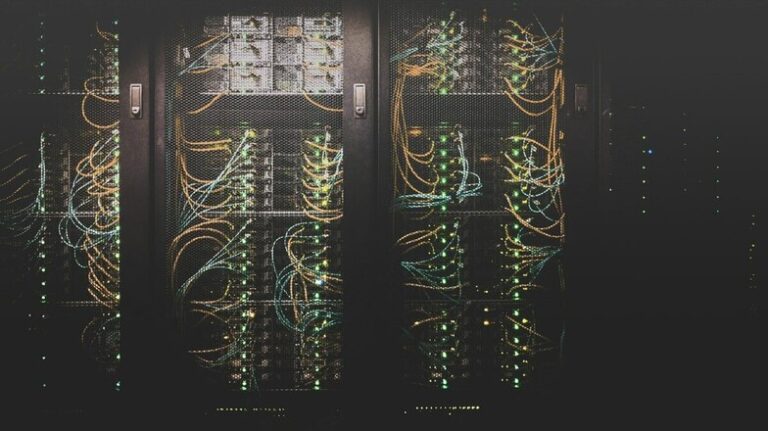The collapse of the Francis Scott Key Bridge in Baltimore, following a collision with the container ship MV Dali, has raised concerns about bridge safety. As a bridge engineer, I understand the importance of ensuring the safety of these structures, and incidents like this serve as a reminder that we cannot take safety for granted.
The Francis Scott Key Bridge, built in the 1970s, consists of a continuous truss bridge over the navigation channel. The two piers located on each side of the waterway are crucial in protecting the bridge from ship impacts. The bridge had two layers of protection in place: dolphins made of concrete and a fender made of timber and reinforced concrete. The dolphins are sacrificial structures designed to absorb the energy of a wayward ship, while the fender provides an additional layer of protection.
However, the MV Dali, weighing over 100,000 tonnes, was too massive for the fender to withstand. Video recordings show the fender disintegrating as it was crushed by the ship, leading to the collapse of one of the bridge’s main supports. The impact force of the collision was estimated to be around 20,000 tonnes.
While this incident is tragic, it is important to note that bridges have become safer over time. Collisions between ships and bridges have led to significant improvements in design rules for protecting bridges from impact. Guidelines published by organizations such as the International Association for Bridge and Structural Engineering and the American Association of State Highway and Transportation Officials have played a crucial role in enhancing bridge safety.
In Australia, bridge designers are required to consider the largest vessel that may come into contact with a bridge pier in the next 100 years. This includes considering both head-on collisions and side-on glancing blows. Many newer bridges now incorporate human-made islands to protect their piers.
However, it is clear that the protection measures in place for the Francis Scott Key Bridge were not sufficient to handle the impact of the MV Dali. This incident highlights the need to adapt our bridge protection measures to accommodate the changing size and characteristics of modern cargo ships.
Furthermore, this tragedy underscores the importance of ongoing maintenance and investment in our aging infrastructure. It is crucial to allocate resources to ensure the safety and functionality of our bridges, considering the demands placed on them today.



